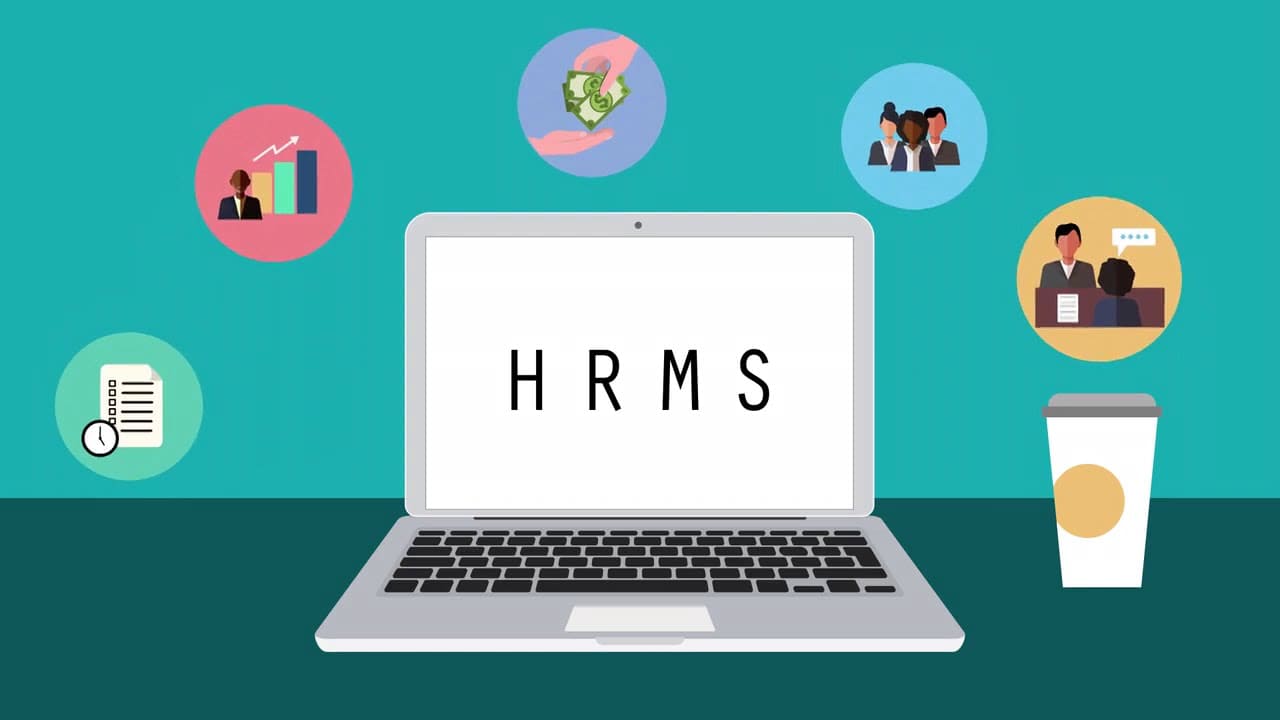In the realm of HRMS (Human Resource Management System), technological advancements have provided organizations with efficient tools to streamline their HR processes. However, the full potential of an HRMS can only be realized when users adopt the system effectively and use it to its fullest capabilities. This article delves into the significance of user adoption and training for HRMS, providing insights on how organizations can ensure successful implementation and utilization.
Table of Contents
User Adoption and Training for HRMS: A Comprehensive Approach
Understanding User Adoption
User adoption refers to the process of employees embracing and effectively utilizing an HRMS. Without proper adoption, even the most sophisticated HRMS might remain underutilized, leading to missed opportunities for automation, efficiency, and data-driven decision-making.
Importance of Training
Training plays a pivotal role in driving user adoption. It empowers employees to confidently navigate the system, effectively perform tasks, and leverage its features. Comprehensive training ensures that users understand the system’s value, which encourages engagement and minimizes resistance to change.
The Benefits of Effective User Adoption and Training
- Increased Efficiency: Well-trained users can perform tasks more efficiently, reducing manual efforts and freeing up time for strategic initiatives.
- Enhanced Data Accuracy: Proper training reduces the risk of errors and ensures accurate data input and management.
- Maximized Features: Users who understand the system’s capabilities can make the most of advanced features for better decision-making.
- Improved Compliance: Trained users are more likely to follow established processes, leading to better compliance with policies and regulations.
- Reduced Resistance to Change: Adequate training minimizes resistance to adopting new technology, fostering a positive organizational culture.
Implementing User Adoption and Training Strategies
Tailored Training Programs
- Role-Based Training: Customize training based on users’ roles and responsibilities within the organization.
- Hands-On Workshops: Conduct interactive workshops that allow users to practice using the HRMS in a controlled environment.
- E-Learning Modules: Develop online training modules for self-paced learning, accessible anytime, anywhere.
Change Management
- Clear Communication: Communicate the benefits of the HRMS and its impact on employees’ daily tasks.
- Engage Champions: Identify HRMS champions within the organization who can advocate for its benefits and assist fellow employees.
Continuous Learning
- Refresher Courses: Offer periodic refresher courses to keep users updated on system enhancements and new features.
- Feedback Mechanisms: Encourage users to provide feedback on the system’s usability, helping identify areas for improvement.
How SME Payroll’s HRMS & Payroll Solution for SMEs Helps in This!
For small and medium-sized enterprises (SMEs), adopting and implementing an effective HRMS can be a transformative step. SME Payroll’s HRMS & Payroll Solution is designed to address the unique needs of SMEs in user adoption and training. The solution offers:
- Simplified Interface: SME Payroll’s HRMS features an intuitive interface that enhances user experience and reduces the learning curve for employees.
- Role-Tailored Training: The solution provides role-specific training modules that empower employees to quickly grasp the functionalities relevant to their roles.
- Personalized Support: SME Payroll offers dedicated support to assist employees in navigating the HRMS effectively, ensuring a seamless adoption process.
- Scalable Solutions: As SMEs grow, SME Payroll’s HRMS can scale to accommodate changing needs, making it a long-term solution for workforce management.
By incorporating SME Payroll’s HRMS & Payroll Solution, SMEs can accelerate user adoption, enhance training effectiveness, and optimize their HR processes for maximum efficiency.
Conclusion
The success of an HRMS implementation hinges on user adoption and effective training. Organizations that invest in comprehensive training programs and change management strategies empower their employees to leverage the full potential of their HRMS systems. By ensuring that users adopt the system seamlessly and confidently, businesses can enhance efficiency, accuracy, and compliance, while also fostering a culture of innovation and continuous learning. Through a strategic approach to user adoption and training, organizations can unlock the true value of their HRMS and embark on a journey toward a more streamlined and productive future. Integrating SME Payroll’s HRMS & Payroll Solution further enhances this journey for small and medium-sized enterprises, allowing them to optimize their HRMS adoption and training process for lasting success.
FAQs
Ques 1. What is user adoption in the context of HRMS?
Ans 1. User adoption refers to employees embracing and effectively utilizing an HRMS to streamline HR processes and enhance productivity.
Ques 2. Why is training essential for HRMS user adoption?
Ans 2. Training empowers users to confidently use the HRMS, enhancing efficiency, data accuracy, and overall system adoption.
Ques 3. How can tailored training programs improve user adoption?
Ans 3. Tailored training programs, such as role-based training, workshops, and e-learning modules, cater to users’ specific needs and roles.
Ques 4. How does change management contribute to user adoption?
Ans 4. Change management involves clear communication, engaging champions, and fostering a positive organizational culture to facilitate user adoption.






















Leave feedback about this